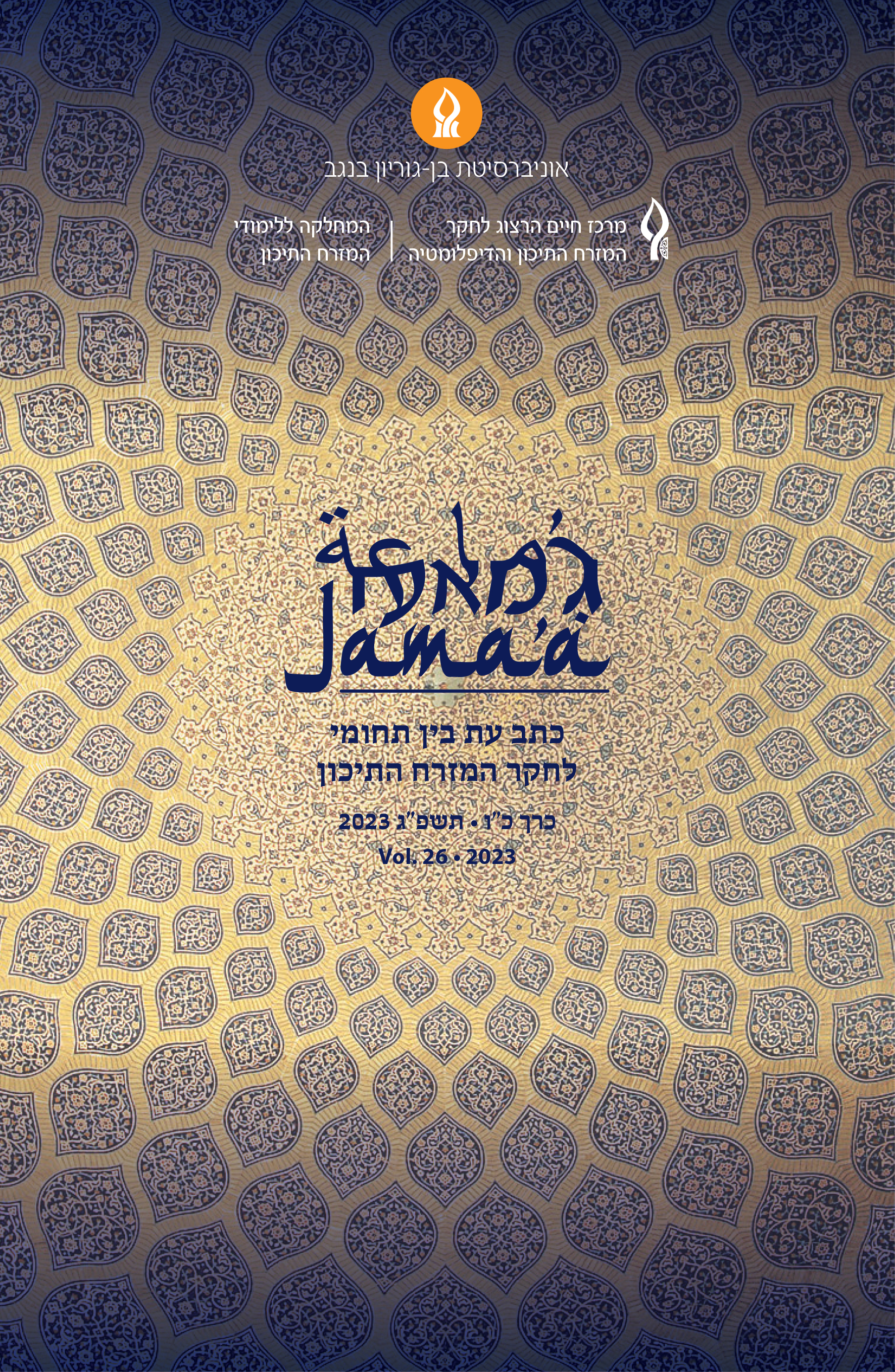العرق والجندر في نظام الرؤية الصهيونية المبكر
DOI:
https://doi.org/10.64166/xfjber07الملخص
يسعى هذا المقال إلى رسم ملامح نظام الرؤية الصهيونية خلال فترة الاستيطان، وذلك منخلال منظور مزدوج، جندري وعرقي. بواسطة التحليل القائم على مقاربة تقاطع أشكالودراسات ،(visual Culture Studies) ودراسة الثقافة البصرية ، (intersectionality) التمييزأدعي أن ثلاث ممارسات استعمارية مهيمنة، التصوير ،(Critical Race Studies)العرق النقديةالفوتوغرافي، وعلم النبات والمعرض، تم استعمالها من قبل هذه المؤسسة الصهيونية لتأسيسيمنح رموزا لتوزيع الأدوار على أساس عرقي قومي داخلي بين (Scopic Regime) نظام رؤيةالمجموعات الأشكنازية والشرقية. استند توزيع الأدوار هذا إلى صورة جندرية عرقية للمرأةالكامن في أساس هذا التصور، شكل نموذجا للتفرقة ،(feminization) الشرقية. مبدأ التأنيثالعنصرية ضد الجمهور الشرقي ككل، وعرضه في موقف استطرادي يضعفه النظام الثنائيالنسوي/ الذكوري، والعصري/ التقليدي، والحاضر الصهيوني/ الماضي الأصلاني والعملالسياسي/ الكدح من أجل البقاء على قيد الحياة. وهكذا، فإن التأنيث كعنصر مرئي يثير اشمئزازالشرقيين والشرقيات كان مرحلة من مراحل اختراع علم الأنساب الصهيوني القومي، حيث تمفي إطاره تمييز اليهود الشرقيين على أنهم متعلقون مقابل بقومية الصهيونية الأشكنازية، والتيتم عرضها ككيان خلاصي موفر للحماية وكيان ذكوري.
المراجع
التنزيلات
منشور
إصدار
القسم
الرخصة
الحقوق الفكرية (c) 2023 Jama'a: an Interdisciplinary Journal of Middle East Studies

هذا العمل مرخص بموجب Creative Commons Attribution-NonCommercial 4.0 International License.





